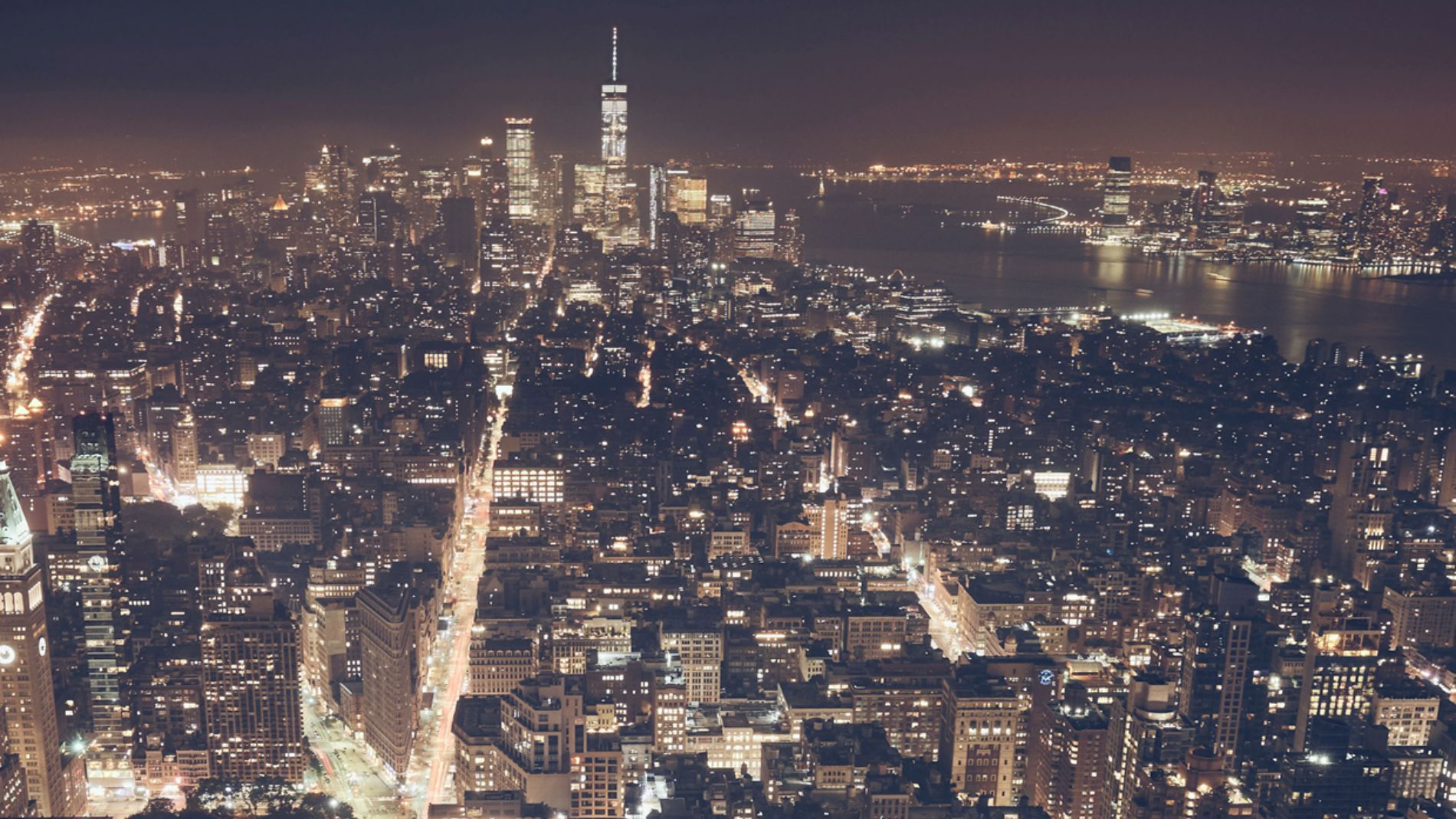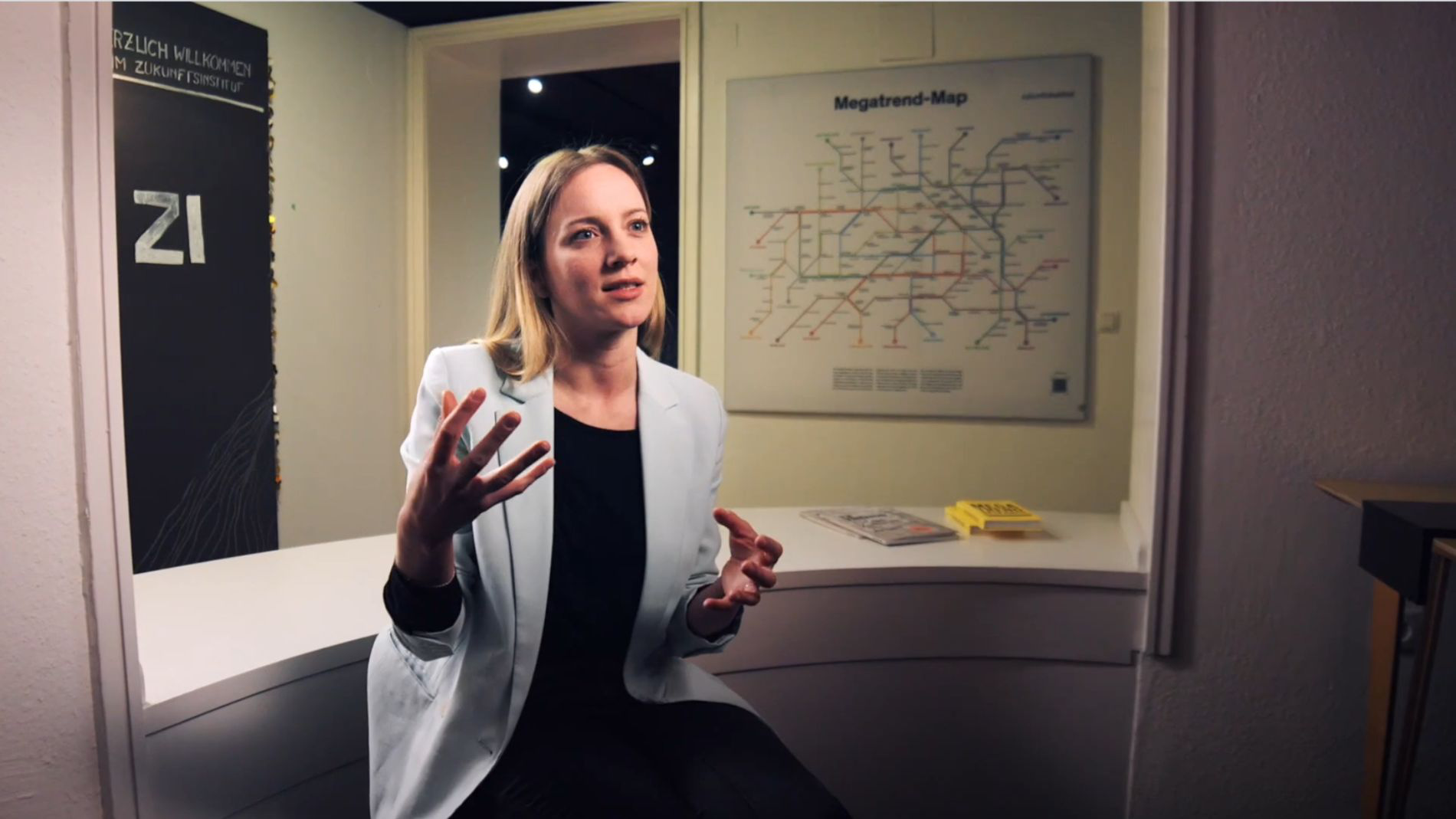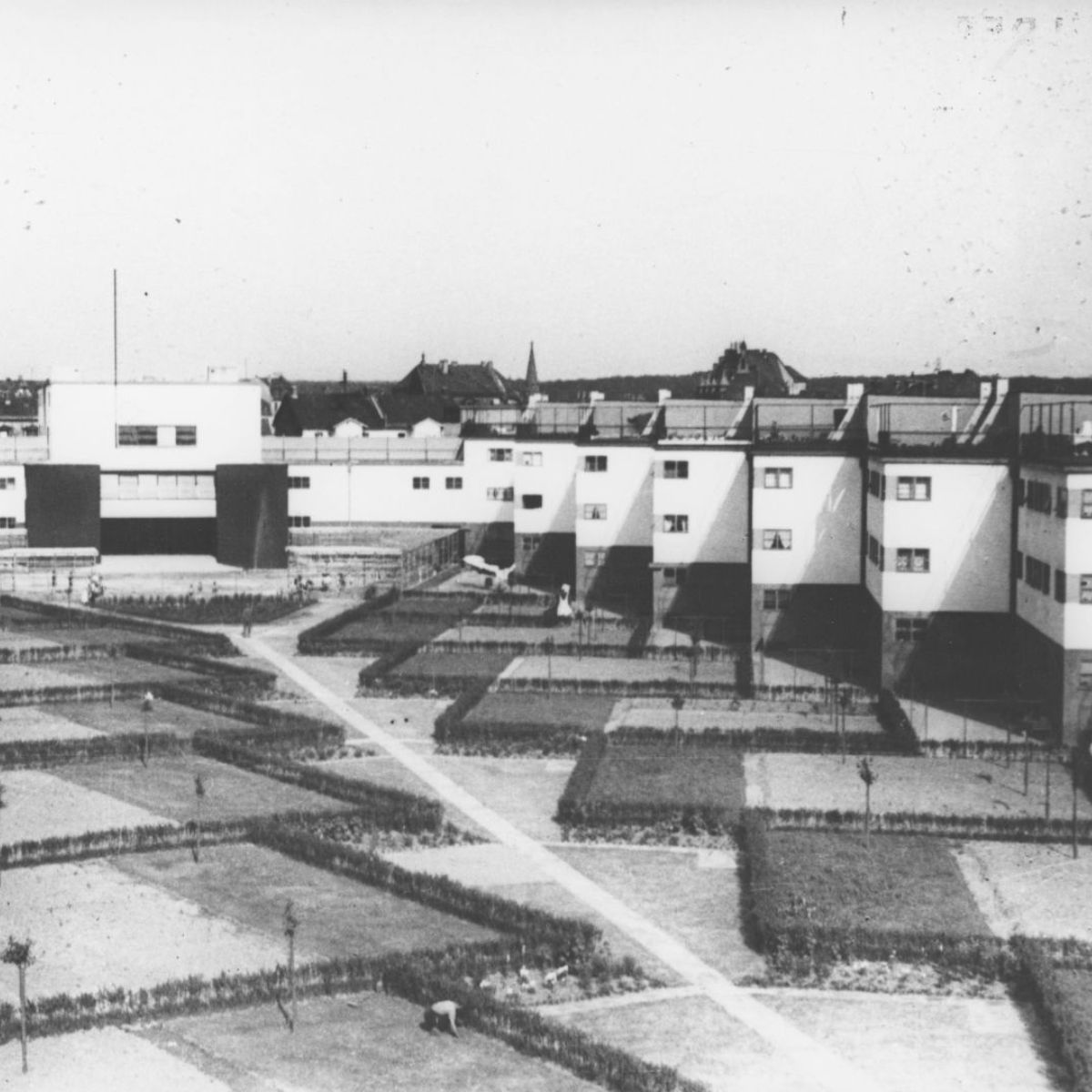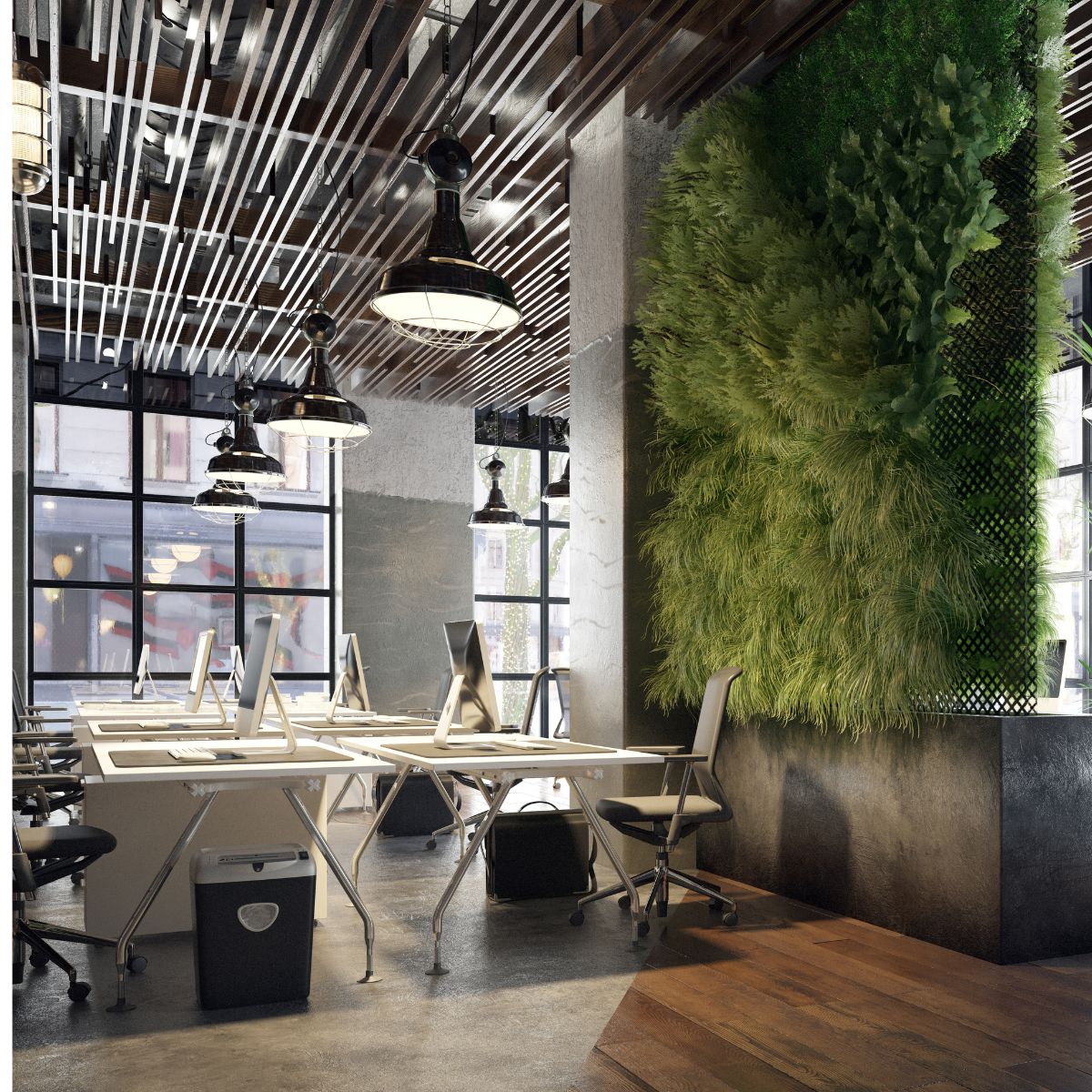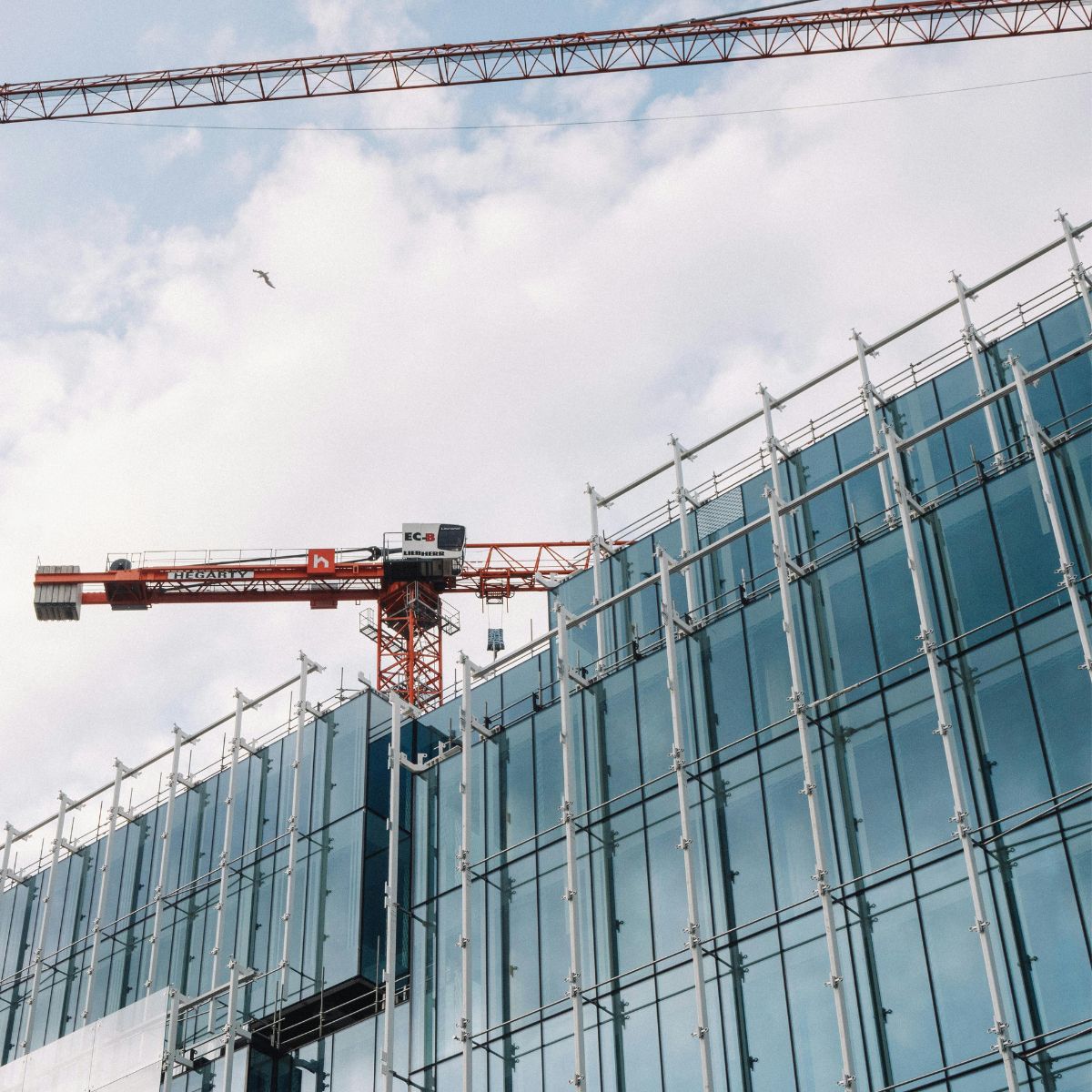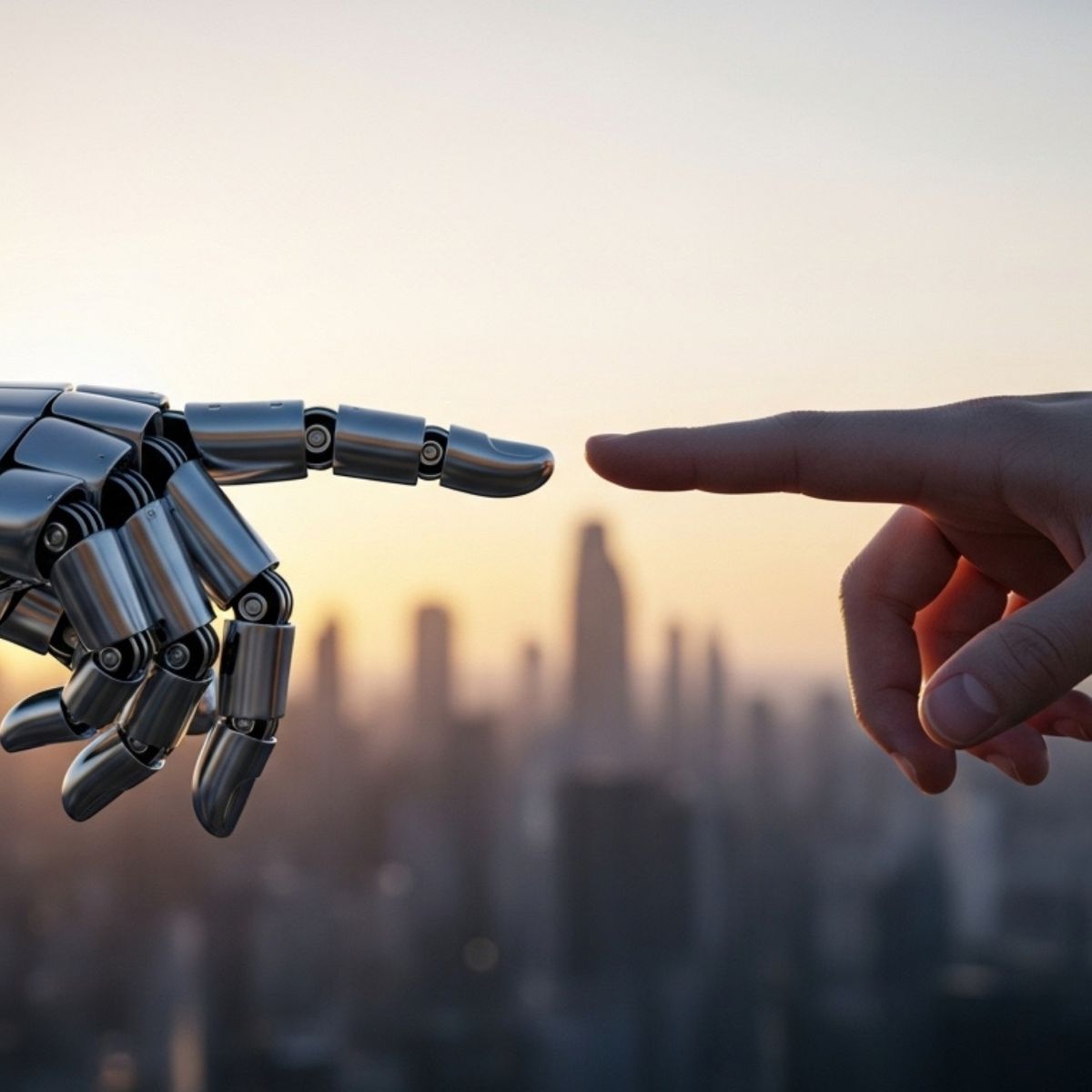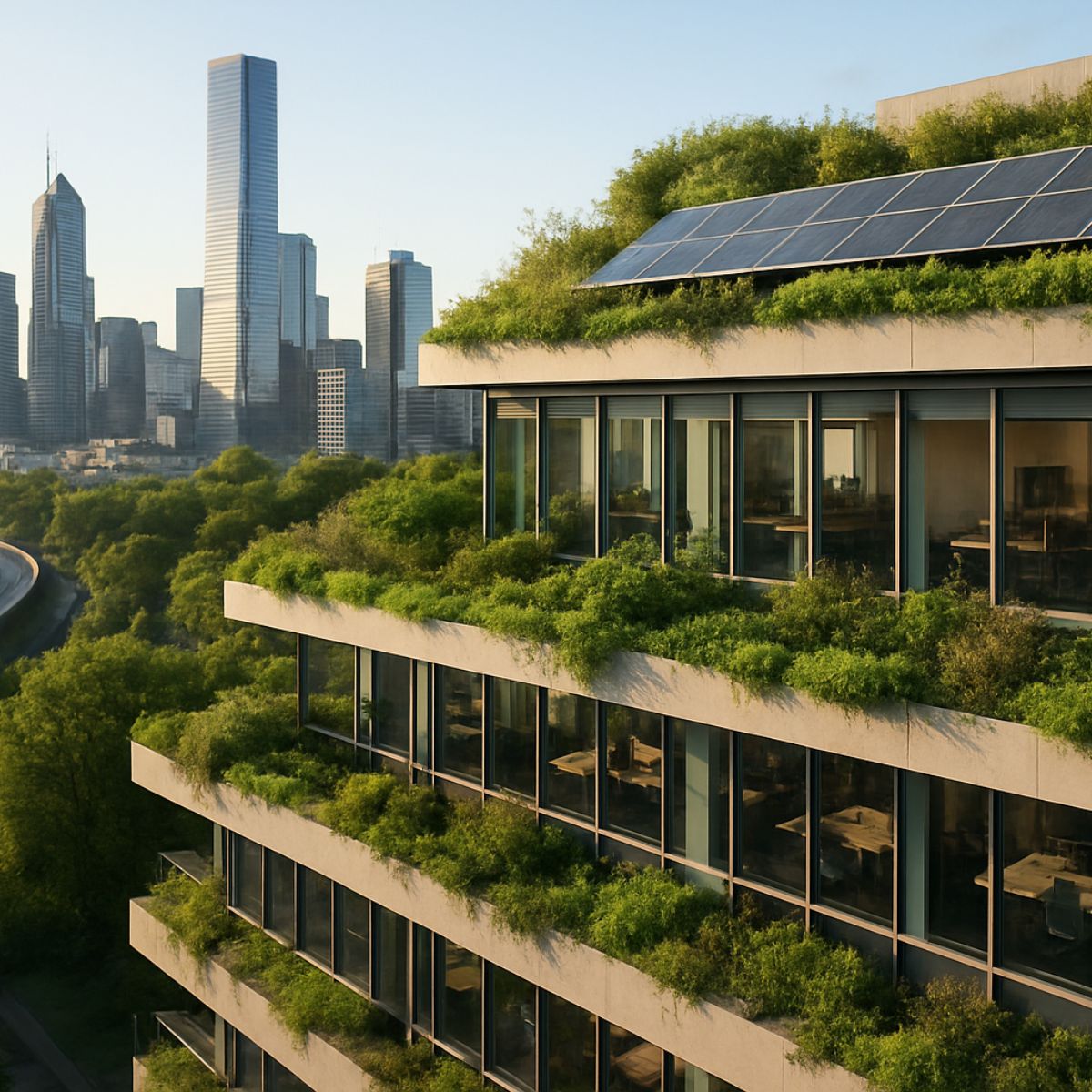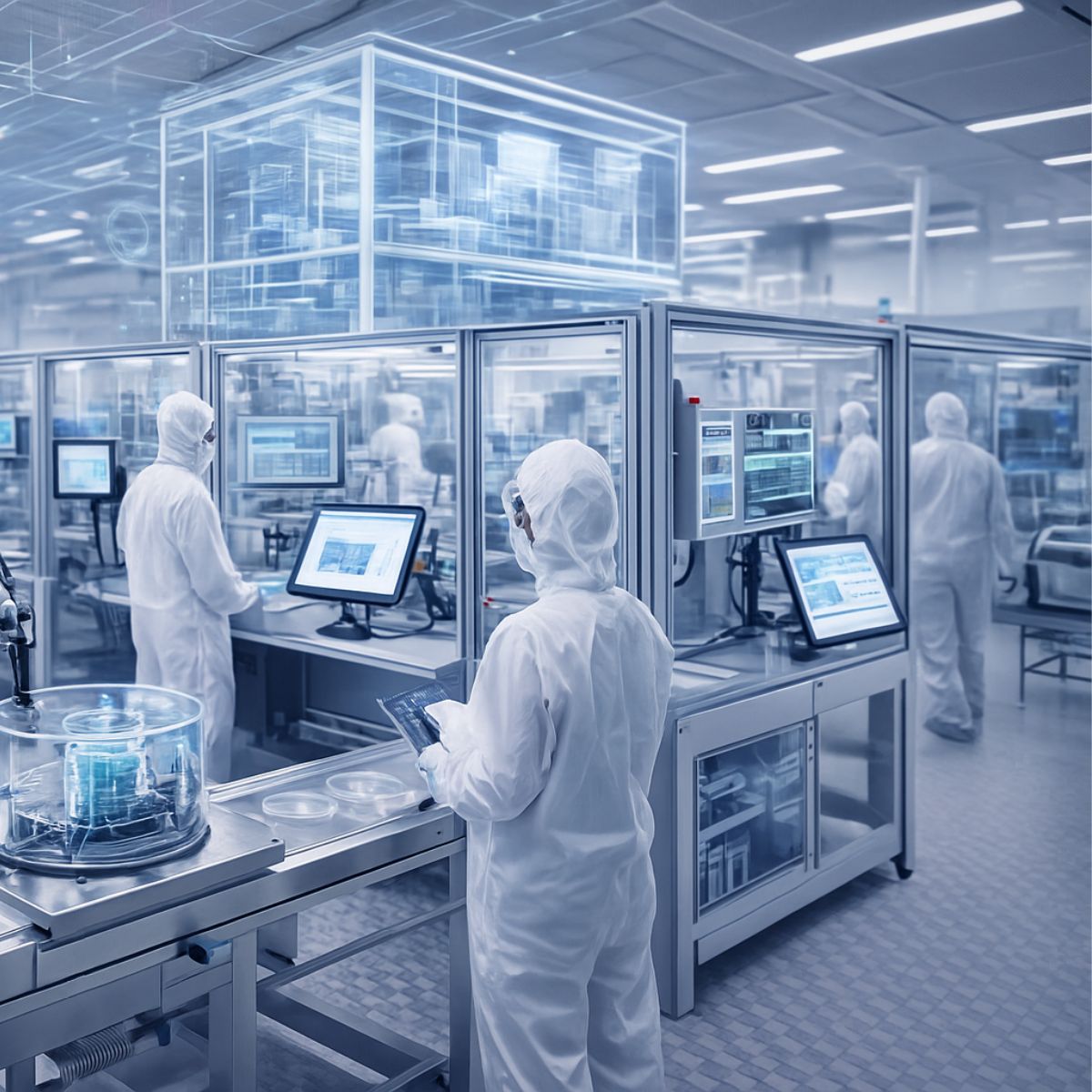Reading time: 4 minutes
The built environment is being redefined—from static architecture to living systems. In this evolving landscape, buildings are not only spaces of shelter but engines of social cohesion, energy generation, and ecological renewal. For professionals across construction, real estate, urban planning, and building technologies, this transformation opens a critical window: adapt to the future, or be outpaced by it.
This article introduces selected insights from a new whitepaper – examining how the built environment is evolving in response to climate, technology, and societal change. Rather than offering technical instruction or policy prescriptions, it delivers a forward-facing strategic framework. It draws on trend research, international innovations, and cutting-edge thinking to show how building professionals can lead—not just respond to—the future.
A Field Under Pressure—and Poised for Change
It is no longer enough to speak only of “green buildings.” From Berlin to Bangkok, cities are navigating intensifying pressures: ambitious emissions targets, urban heatwaves, limited housing supply, and shifting ways of living. As these megatrends intersect, the built environment is being stretched and reimagined.
Yet with pressure comes possibility. Across disciplines and geographies, new pathways are taking shape. Architects are exploring modular micro-housing that evolves with demographic realities. Engineers are integrating solar and wind systems directly into building envelopes. City governments are piloting edible infrastructure and co-living models that blend sustainability with affordability.
This is not a distant vision—it is already unfolding in pioneering cities around the world. The whitepaper traces these signals of change, connecting insights, innovations, and ideas that are redefining what buildings can be—and how they can serve people and the planet.
From Sustainability to Regeneration
The whitepaper introduces a crucial shift in mindset: from reducing harm to creating value. It argues that truly future-ready buildings don’t just minimize environmental impact—they actively contribute to planetary health, human well-being, and social resilience.
This regenerative approach demands a new kind of thinking. Circular construction strategies, for instance, reimagine buildings as material banks. Every component is designed for reuse, adaptation, and eventual reintegration into the ecosystem. Real-world examples show how this mindset is already taking shape – with promising results.
Equally compelling are new energy models. From wave-powered urban edges to smart buildings that balance loads across entire districts, the whitepaper shows how distributed energy infrastructure is turning buildings into proactive agents of grid decarbonization.
The takeaway? Sustainability is no longer enough. The future belongs to those who regenerate.
Digital Is Physical
As cities become more connected, the divide between digital and physical disappears. Real-time monitoring, digital twins, AI-powered diagnostics—these are not abstract tech buzzwords. They are becoming foundational to building management, urban planning, and even user experience.
But with this digitalisation comes a responsibility to ensure data equity, transparency, and participation. What might human-centered digital transitions look like – where algorithms support rather than displace expertise, and where design decisions reflect diverse community needs?
For professionals navigating digital transformation, this section offers not only technological insight but also ethical orientation.
A Human-Centered Shift
Beyond carbon and code, the whitepaper highlights a subtler transformation underway: the return of people to the center of design.
What does it mean to create buildings that heal? Cities that listen? Neighborhoods that adapt without exclusion?
Drawing on new research in biophilic design, behavioral architecture, and social infrastructure, the whitepaper explores how buildings can be designed not only for use but for presence. From circadian lighting in schools to shared mobility nodes in residential towers, a new ethos is emerging—one that values empathy, adaptability, and long-term meaning over short-term metrics.
This is a vital reframing for industry leaders seeking to position themselves not only as builders of structure, but as stewards of quality of life.
A Guide for the Curious
This is not a manifesto. It’s a field guide for navigating a moment of profound change. It encourages readers to look beyond familiar categories and engage with the complex realities shaping the built environment today.
Whether you're exploring how urban densification affects energy systems or curious about the ethical implications of AI in design, the paper offers a set of ideas to think with—not final answers, but strategic insights drawn from research, practice, and emerging innovation.
In a landscape shaped by uncertainty and transformation, the invitation is to reflect, connect, and collaborate across disciplines—providing a shared framework for making sense of what comes next.
Looking Ahead
At its heart, the publication argues that the future of the built environment is not fixed. It is not merely about efficiency or smartness—it is about stewardship, adaptability, and connection.
Professionals across the value chain—engineers, architects, manufacturers, policymakers, and operators—must now ask new questions:
- Can our buildings evolve in tandem with our societies?
- Are we designing with circular systems in mind?
- Who is included in the data driving our urban decisions?
- What does success mean in a regenerative economy?
These are not rhetorical. They are urgent.
The full white paper offers a deeper exploration of these themes and provides practical entry points for turning megatrends into meaningful action.
Download
- Whitepaper Living Systems (pdf, 1 MB)
